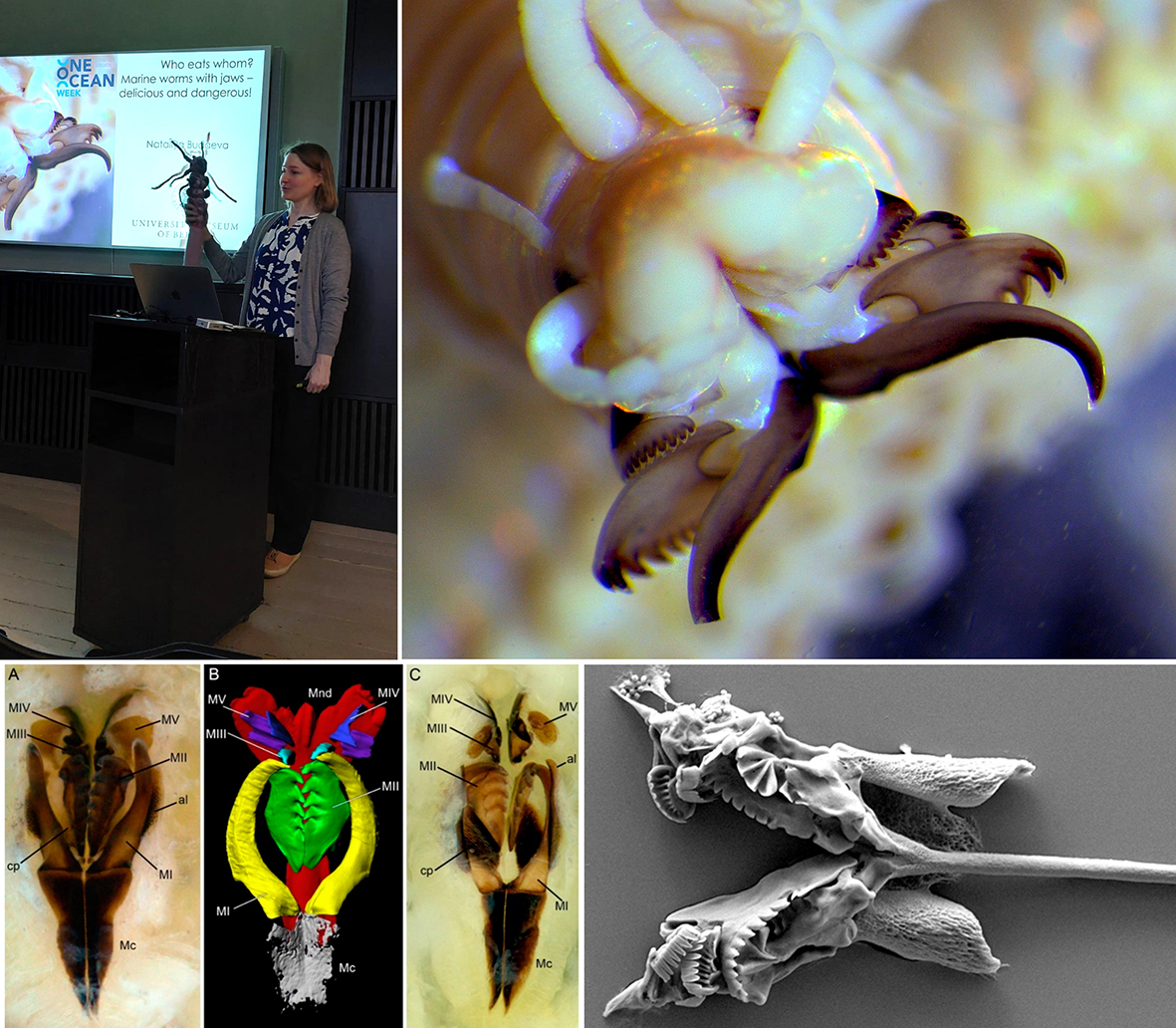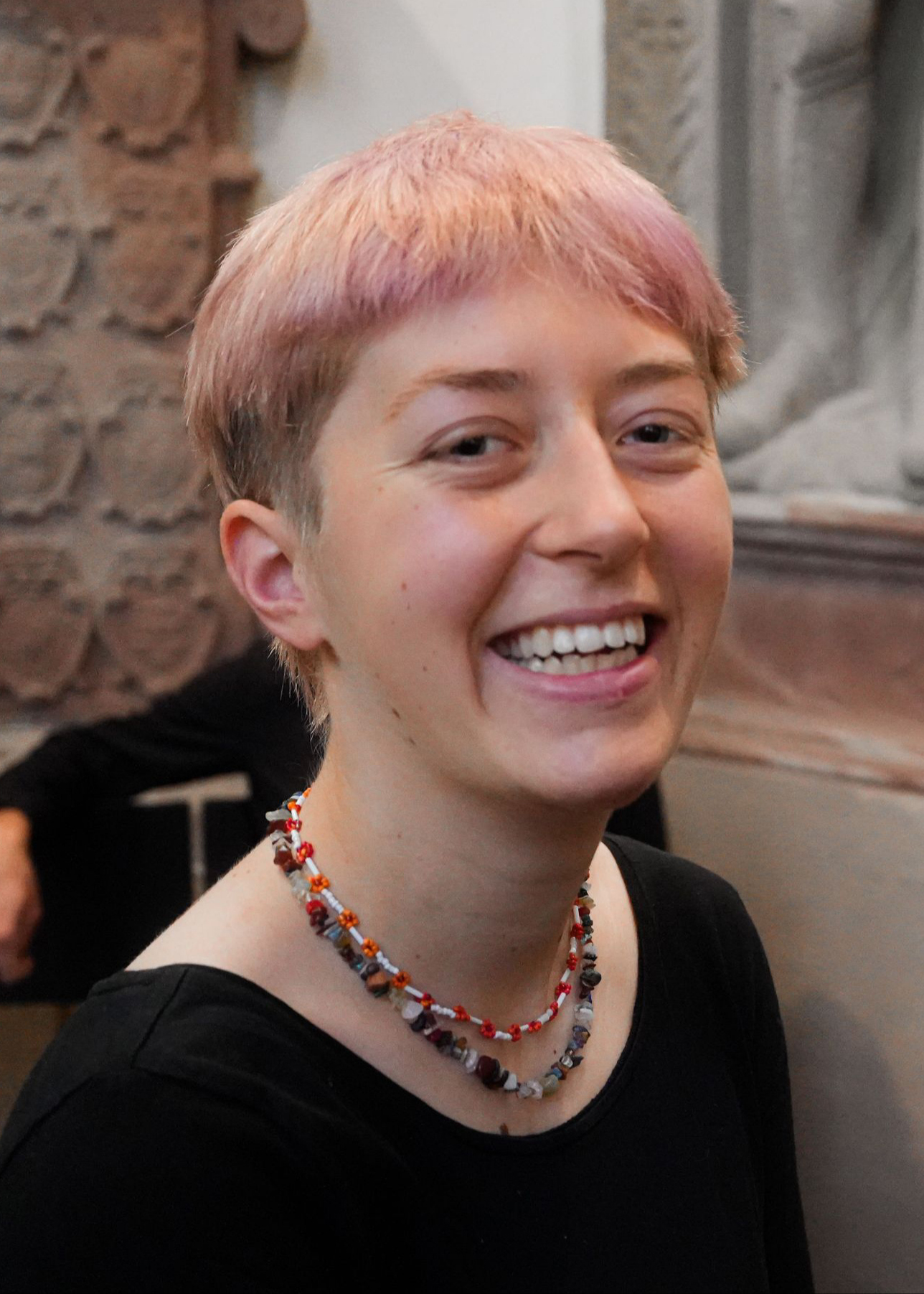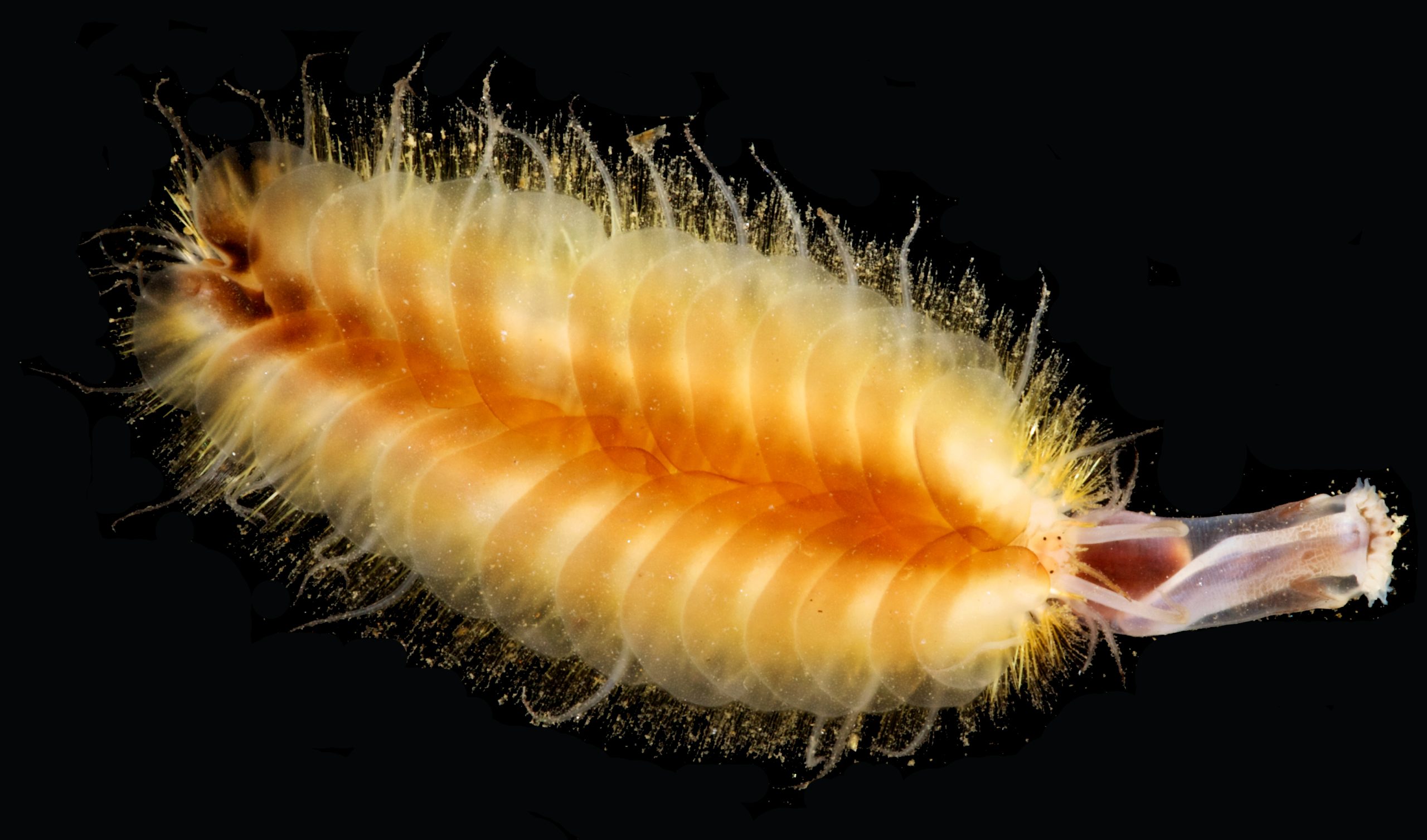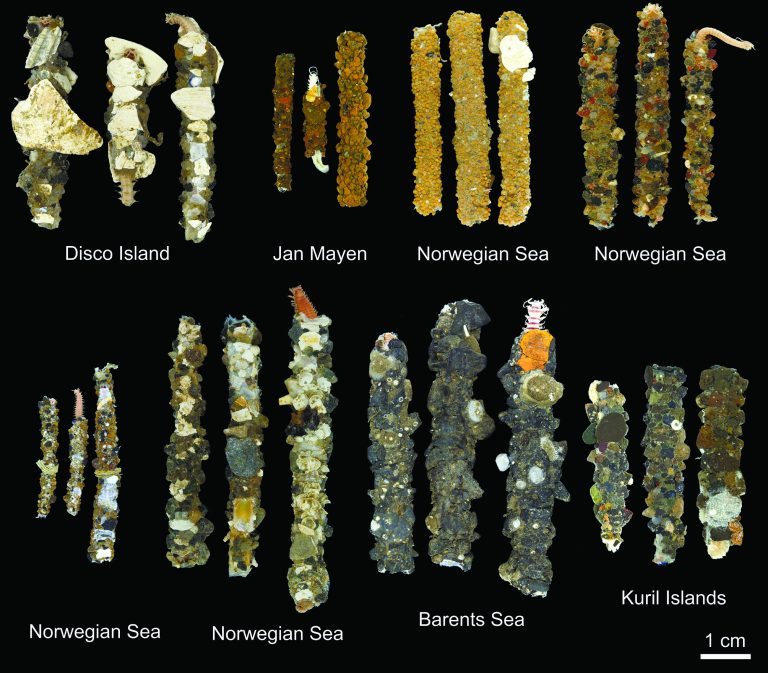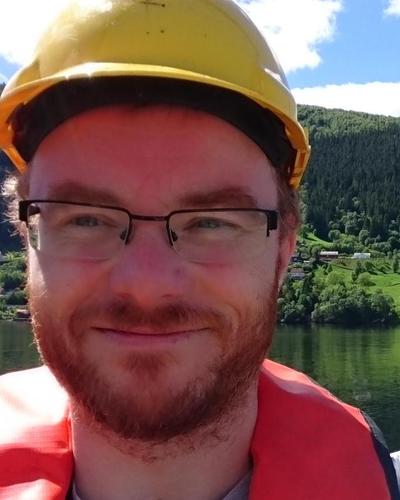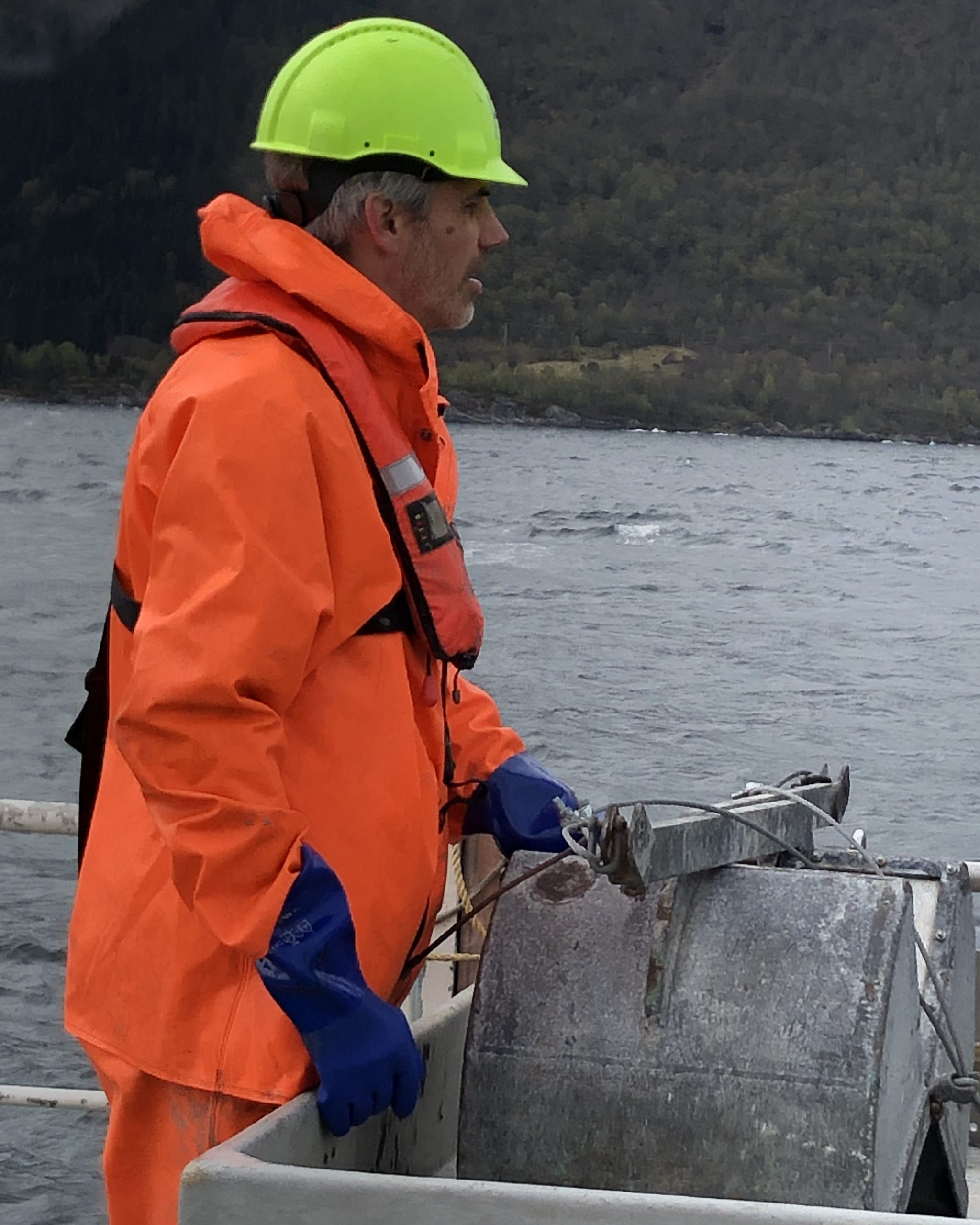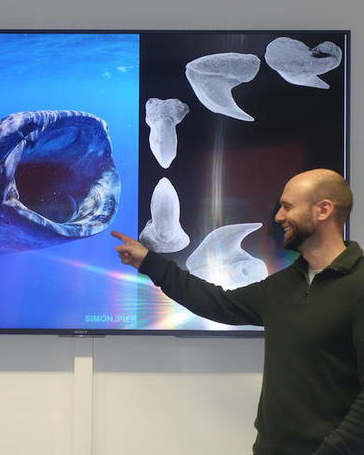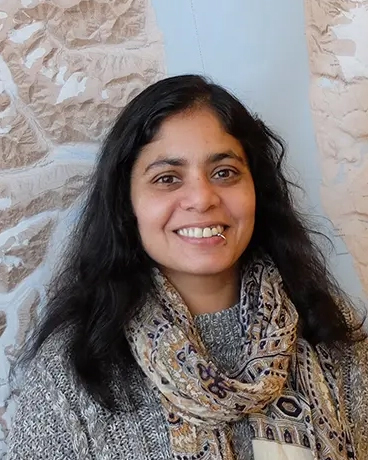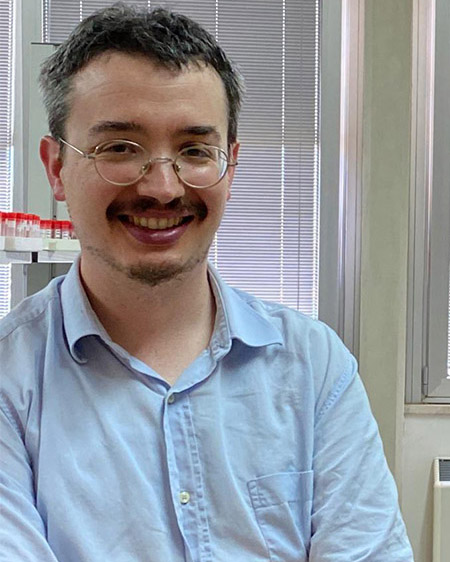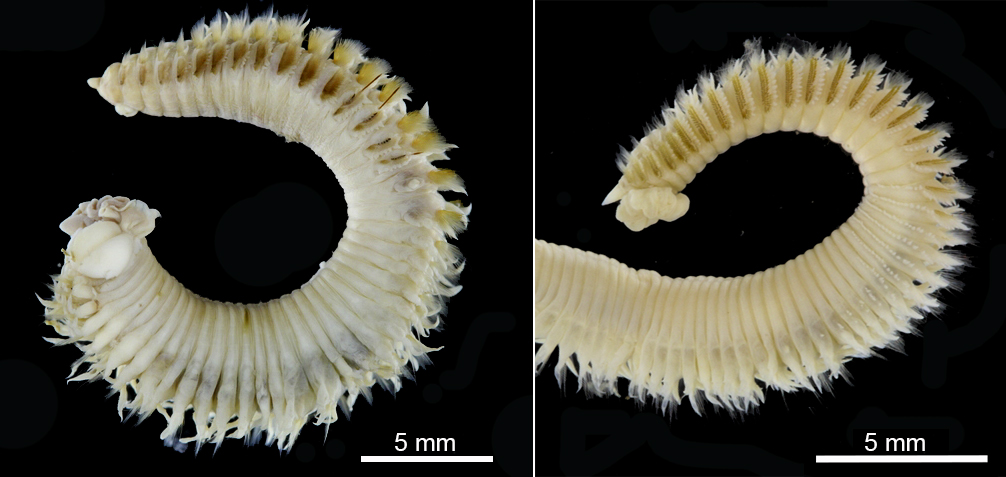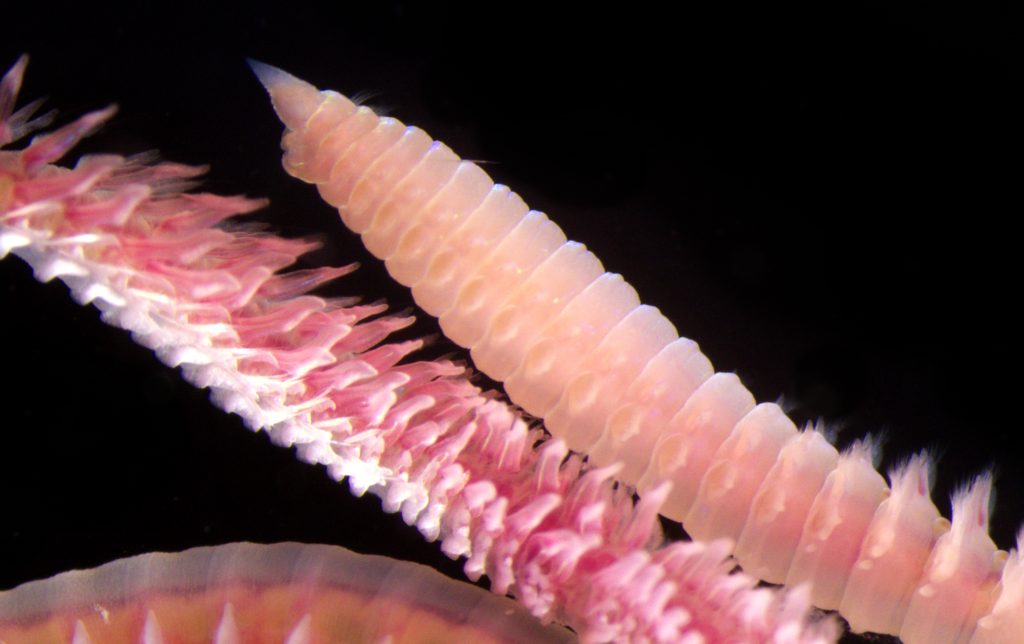Main objective: Investigate the species diversity of Arctic seep and fjord siboglinid polychaetes and community composition of their internal bacterial symbionts. Specifically, mtCOI and 18S will be targeted to reveal the identities of worms that are often morphologically cryptic, and metabarcoding of their symbiont bearing organ (trophosome) will be used to characterize their internal bacterial communities that provide them with food from seafloor chemicals.

Background: The Arctic is known for its vast oil and gas reserves, and these can create special ecosystems where chemosynthesis, the chemical equivalent of photosynthesis, is used to fix carbon from chemicals such as methane or sulfide, independently of sunlight. In the Arctic, the hypoxic basins of fjords add to where chemosynthesis can occur.
Most chemosynthesis based ecosystems around the world are dominated by siboglinid polychaetes. These worms have no mouth or digestive organs and instead host chemosynthetic bacteria within their cells, from whom they obtain their nutrition. This makes siboglinids perfectly adapted for chemosynthesis based ecosystems and uniquely within the Arctic, not linked to the phenology of light and photosynthetic primary production. However, the diversity of these highly specialized and unique animals is still poorly understood since chemosynthesis based ecosystems and processes have only recently started being investigated in the Arctic. What makes understanding the diversity of these animals more difficult is that the worms are often morphologically cryptic and individual host species can have different combinations of bacterial symbionts leading to different ‘holobionts’ that can be niche specific.
The objective of this project is therefore to use molecular techniques to identify both siboglinids and their bacterial partners from Arctic and Norwegian gas seep sites and fjords.
Tasks: Mitochondrial COI and ribosomal 18S sequence analysis, 16S rRNA amplicon sequencing, bioinformatics processing, use of sediment geochemical data. If desired (and encouraged), the results will be put together for a scientific article.
Learning outcomes:
- Sequencing and metabarcoding
- Familiarity with bioinformatics processing and pipelines
- Experience with sediment geochemistry
- Scientific article writing
Collaborations: NGU (Norwegian Geological Survey), Stockholm University, IOPAN (Polish Academy of Sciences)
Publications for more background:
Bacterial symbiont diversity in Arctic seep Oligobrachia siboglinids.
https://animalmicrobiome.biomedcentral.com/articles/10.1186/s42523-023-00251-x
The phylogeography and ecology of Oligobrachia frenulate species suggest a generalist chemosynthesis-based fauna in the arctic.
https://doi.org/10.1016/j.heliyon.2023.e14232
Cryptic frenulates are the dominant chemosymbiotrophic fauna at Arctic and high latitude Atlantic cold seeps.
https://doi.org/10.1371/journal.pone.0209273
Frenulate siboglinids at high Arctic methane seeps and insight into high latitude frenulate distribution.
https://onlinelibrary.wiley.com/doi/abs/10.1002/ece3.5988
Contact: Arunima Sen

